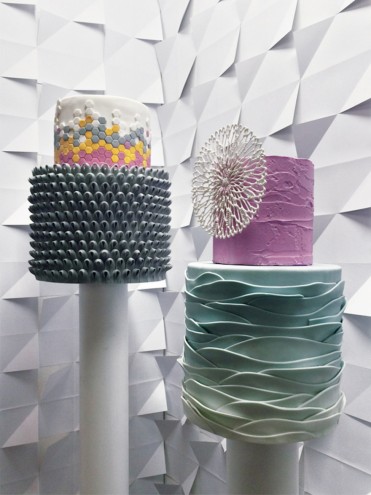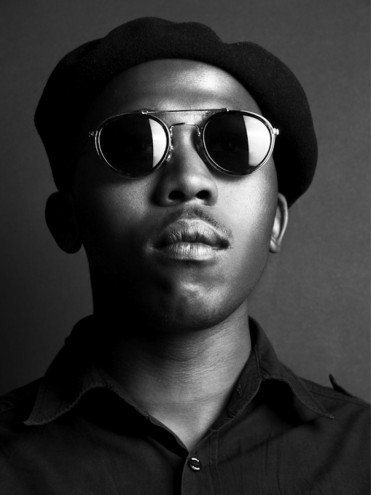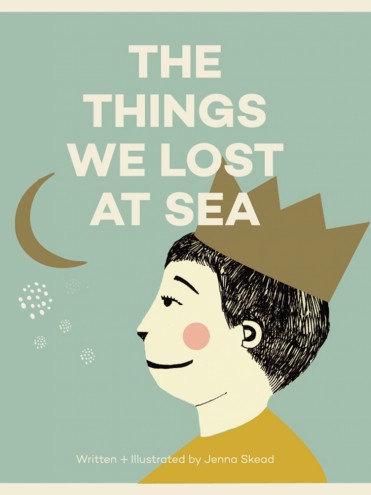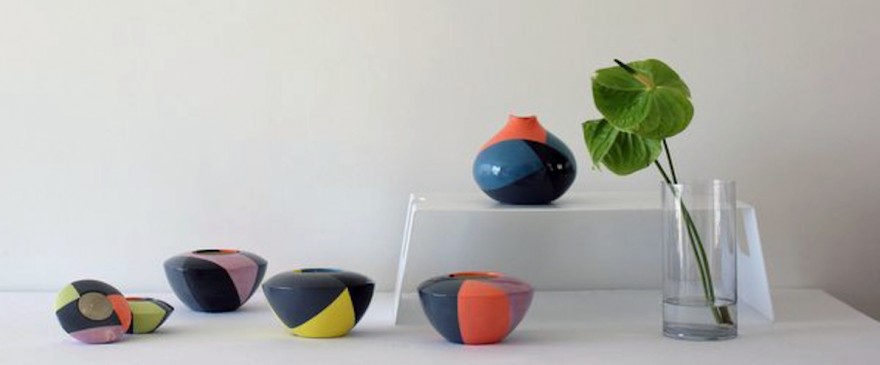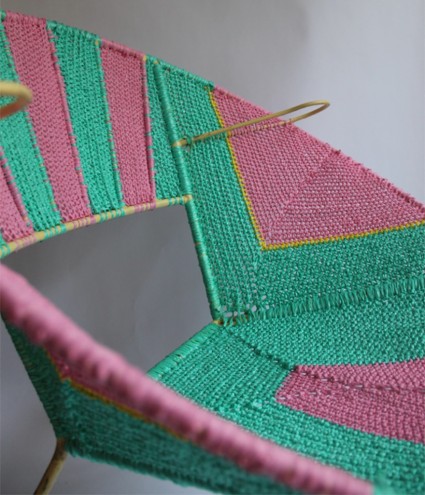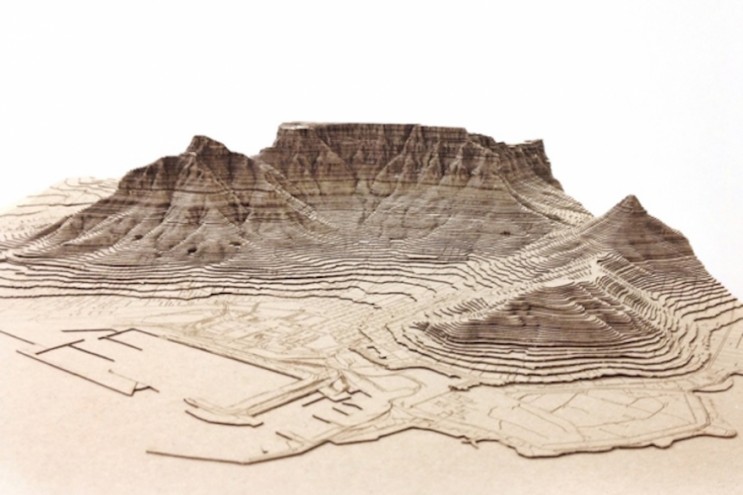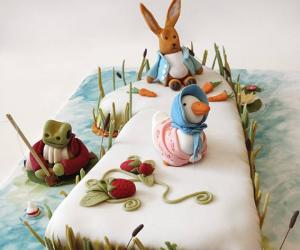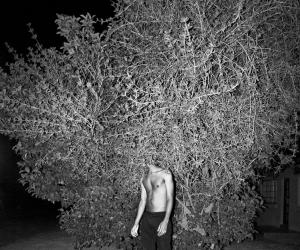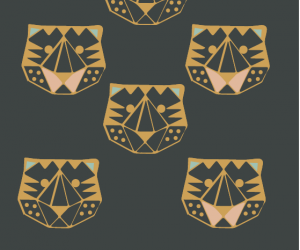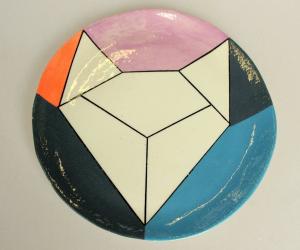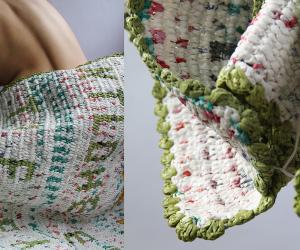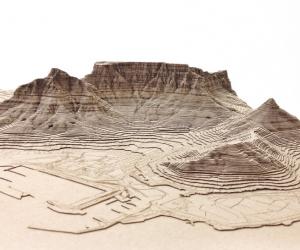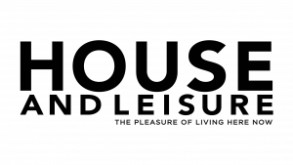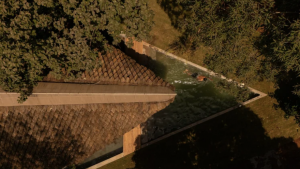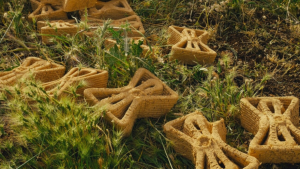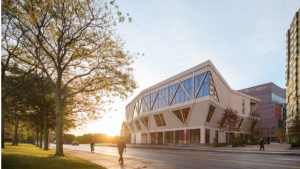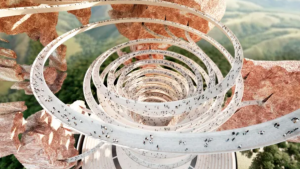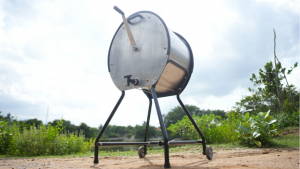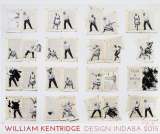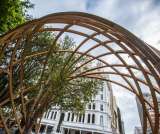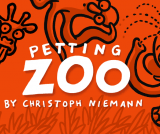One thing that always draws me to the Design Indaba Expo is the Emerging Creatives programme. Brought to the expo’s floor by the Department of Arts and Culture, it’s always an exciting opportunity to scout out the next crop of fresh South African talent.
The programme offers participants a unique opportunity to showcase their designs, ideas and products and lay groundwork in their journey to becoming established creatives. It has helped launch the careers of rising stars such as Daniel Ting Chong, Andile Dyalvane and Laduma Ngxokolo.
This year, I had my eye out for the unusual and the exemplary, looking for designs and ideas that were either moving, original, or flickered the potential to create something sustainable and long-lasting. This year saw a record number of entries to the programme and capped at just 40 stands, my expectations for the exceptional were high. Here’s what intrigued me at this year’s Expo, along with some insight from the designers on how they thought it went:
1. All Things Nice Artisan Treatery
‘Many people were confused and unsure of what they were looking at, asking whether it was leather, rubber or even ceramics. One person thought I was selling crazy hats!’ This was the public’s reaction as uncertain eyes fell upon the sugary delights of All Things Nice artisan cakes. With an unwavering reserve of patience, graphic designer and illustrator-cum-baker Tania Whiteley took a slice at making cake art with a contemporary taste. She sought her inspiration in the textures of different materials, including paper, leather and fabric. She loves getting lost in the intricacies and details of creation, and the versatility of sugar paste provided her the perfect medium to indulge her fancy. Tania says that she can’t think of anything more disappointing than having your cake and not eating it. ‘Some people said they wouldn’t want to cut or eat it, but to me, that is the absolute best part! There’s no point in having a cake that looks beautiful on the outside and not being delicious on the inside.’ All Things Nice is based in Joburg and cakes and treats are custom made to suit your wildest, and sweetest dreams.
2. Lesedi J.M Mogale Photography
Weaving through tunnels of people and MDF panels, I was struck by this photographers’ beautifully composed portraiture. Lesedi Mogale uses the raw quality of analogue and an acute awareness of light that shines throughout his work, to shoot powerful expressions in black and white. ‘I’m fully satisfied with a photograph when idea and photography are mutually reciprocated,’ he says. As Lesedi’s work evolves in rhythm with his own self-exploration and working closely with friends, his subject matter leans toward the uncompromising – even uncomfortable – but undoubtedly honest. ‘The younger audience and surprisingly, scholars, found the nudes to be too confrontational. This is worrying because it partly means our communities and society at large encourage the notion of being estranged from ones own body.’ Based in Pretoria and an employee of the medical arm of the military, Lesedi says the expo has helped him to believe in his work more than ever and initiated him into the subject of creative entrepreneurship.
3. Jenna Skead Designer and Storybook Maker
I loved Jenna’s stand, filled with child-like fancy, little dungarees and soft pastel colours that conjured within me a bitter-sweet melancholy for the warmth and safety of my own childhood room. I couldn’t help finding that feeling confirmed in her title ‘The Things We Lost at Sea.’ Printed in 40 full colour pages on 100% organic paper, Jenna’s beautiful children’s book follows Samuel and his dog on their adventures across the sea. Her whimsical illustrations are layered with photoshop renderings and hand-drawn black pen. ‘The response was amazing and really encouraging as an artist and designer to keep doing what I am doing,’ Jenna says about her experience at the Expo. She is a graphic designer freelancing in Cape Town. ‘The Things we Lost at Sea’ is her first book and is available to purchase from her website in hard-cover (R360) and soft-cover (R200).
4. Ash Ceramics
For Catherine Ash, Design Indaba presented a chance to connect with countless people in the design industry. If sales and attention from international buyers wanting to stock her work London and Dubai are anything to go by, the timing was ripe for her on-trend geometric-inspired ceramics to take the stage. ‘This was the first time I have put my work out for the public to see and I have learnt so much by doing so. I got a lot of compliments on my colour usage and people just love geometrics.’ Like any art, her designs are handmade, once-off pieces. Catherine is based in Cape Town and is excited to go deeper into her ceramic wall installations.
5. SHE by Celeste Theron & Ilze Wessels
For me, SHE is a story of potential. What really drew me to this stand was the intention of the designer who at 23 years old, has valuable insight into how design and art can be used to improve the livelihoods of others without compromising beauty. Celeste, a performance and fine artist from Pretoria, is empowering the entrepreneurial spirit in woman through a mutually beneficial connection. Celeste and her team use discarded plastic to weave durable, firm fabrics into furniture. The artisans receive 40% of all sales and a platform to showcase and continue their craft. The crochet-ball floor lamp is a refreshingly unique take on lighting, an object that would hold its own in any bedroom. ‘It was great to realise that people are really interested in what we do and that our project is financially viable. The best thing about being a part of Design Indaba was listening to the stories of established designers who we’ve always admired, and realising that we’re on the right track. It was also valuable to receive constructive criticism from people who’ve been in the industry for a long time.’
I know it’s a top five list, but I think the amazing Laserkut renderings of Cape Town landscapes warrant me to include a sneaky 6th. Nikki Onderstall has just completed her Masters in Architecture and is the founder ofDesign Heard. Their thing is ‘tactile maps’ that fall somewhere between sculpture and architectural artwork. Each map takes up to 2 weeks to make, starting with the dissection of a 2D topographic map into a cuttable format which involves separating and formatting the contour layers. Once all the pieces have been individually lasercut, she is left to painstakingly assemble over 200 pieces by hand. It was quite amazing to see the city and surrounding Hout Bay and the Cape Peninsula from this perspective!

